Why are the buds falling off my Christmas cactus? 3 reasons for this common problem revealed
Avoid missing out on these colorful, festive flowers with this expert advice
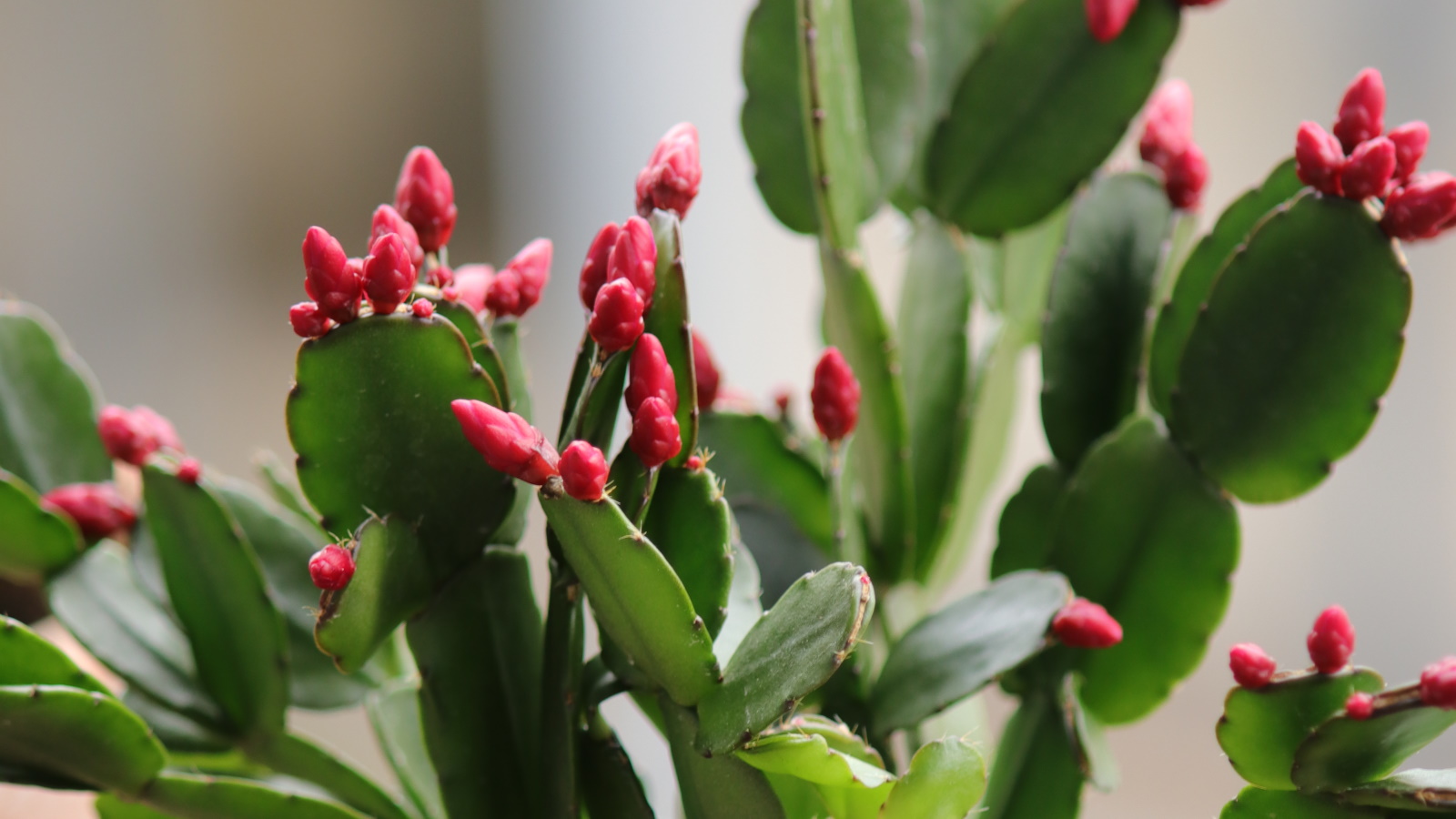

Q: A friend gave me a Christmas cactus last winter, but all the buds fell off before I could enjoy the blooms. I've just bought another one for my home, but I don't want the same thing to happen again. Do you have any advice?
A: Christmas cactuses, with their vibrant flowers, are one of the best festive plants. But unfortunately, bud drop is a relatively common and disappointing problem.
It's a telltale sign that something isn't quite right with their environment or maintenance routine. With the right know-how, it can be avoided.
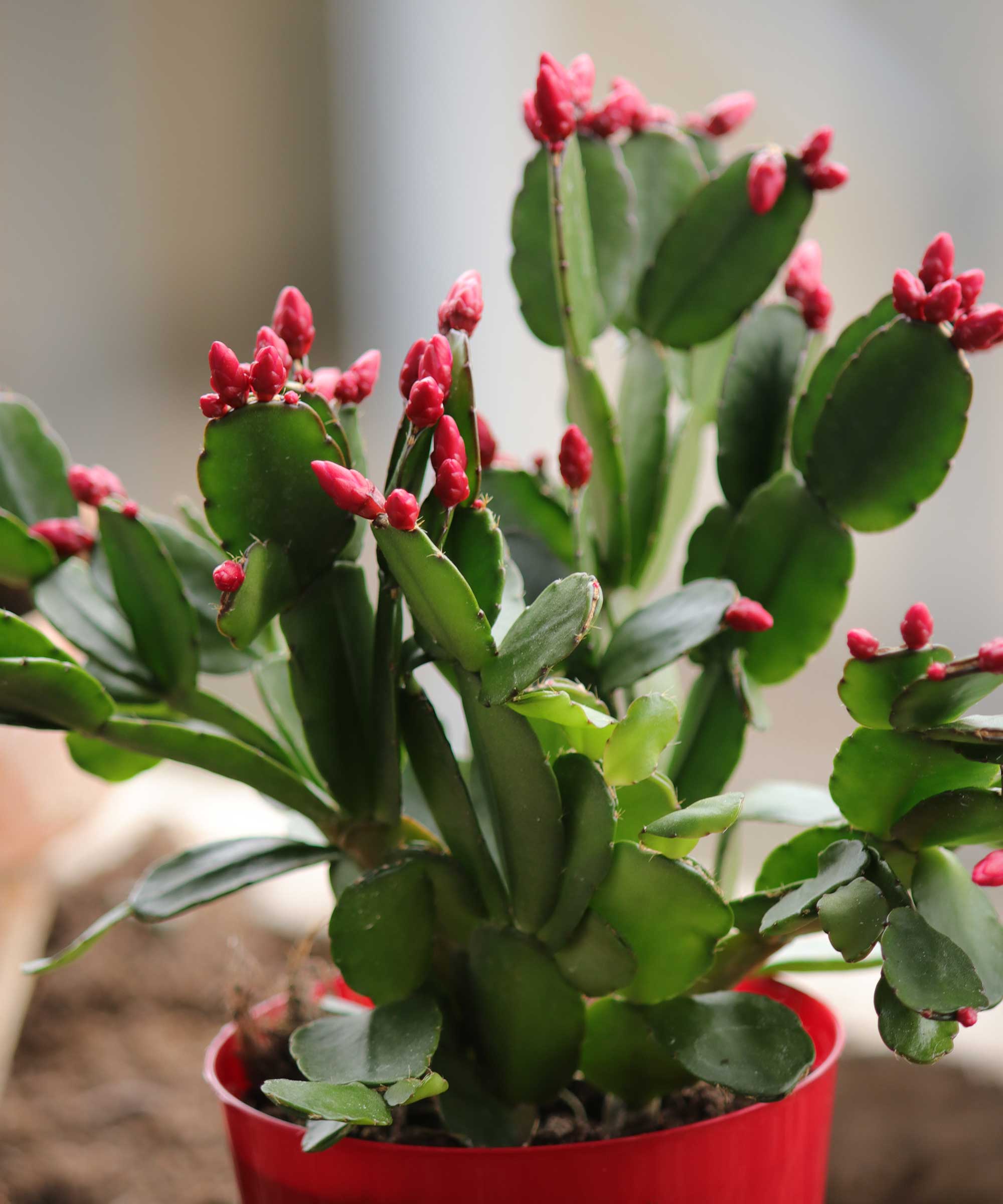
Buds are a promising sign, but they can fall off if the growing conditions aren't right
3 potential reasons why your Christmas cactus is losing its buds
Christmas cactuses make a beautiful addition to festive decor if they flower as expected. These tips will help you encourage those buds to stay put and bloom successfully.
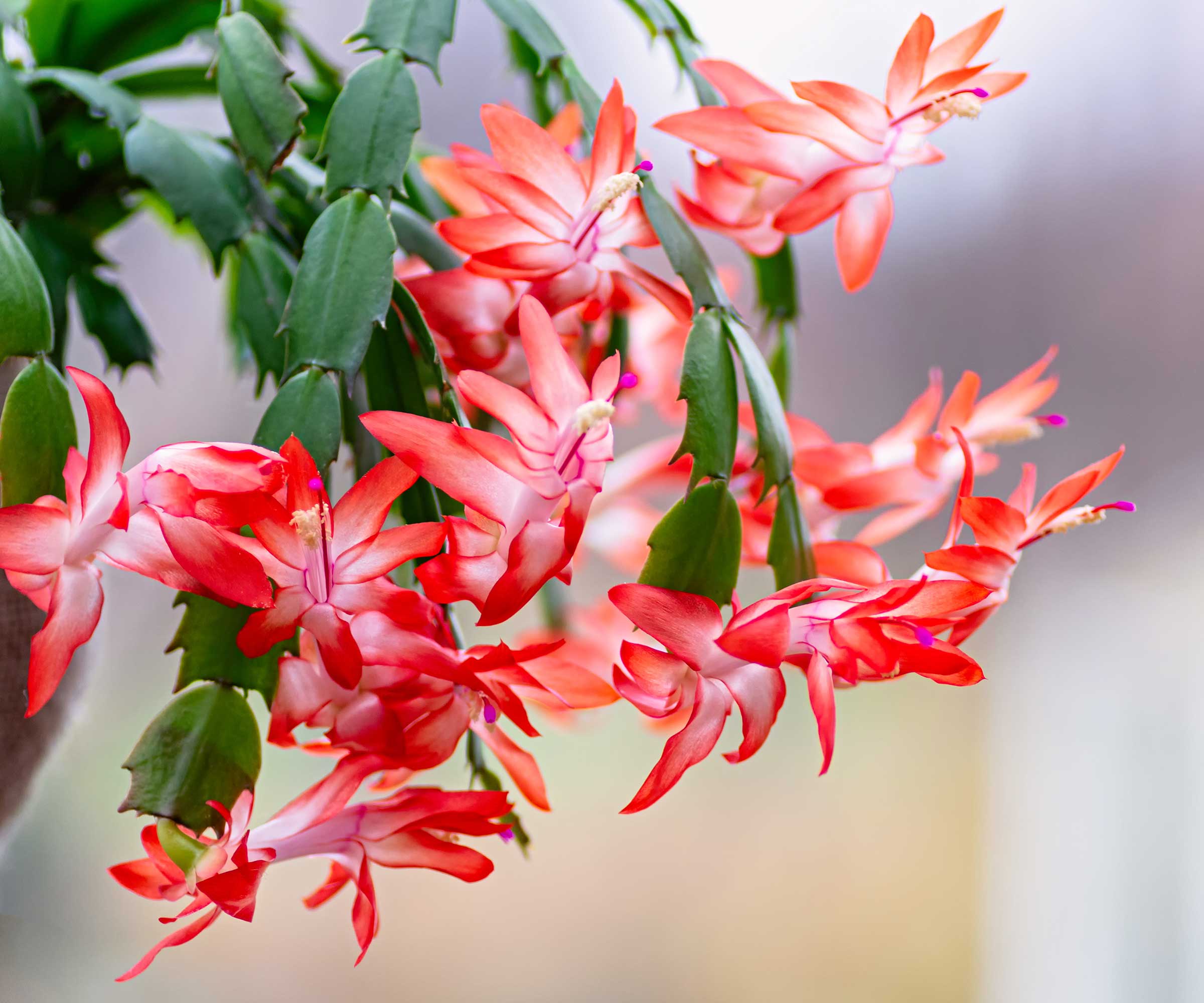
Christmas cactus flowers can be shades of red, pink, or white
1. The wrong growing environment
First, you'll need to get the location right. 'Any plant that is developing flowers needs plenty of bright light,' says Paris Lalicata of The Sill.
As with most houseplants, indirect light is best, rather than hot sunshine.
Avoid placing them near drafts or exposing them to extreme temperature changes, recommends plant expert Zahid Adnan of The Plant Bible. This means keeping your plant safely away from central heating. An average room temperature is well-suited.
Design expertise in your inbox – from inspiring decorating ideas and beautiful celebrity homes to practical gardening advice and shopping round-ups.

Paris has been with The Sill for almost five years and heads up Plant Education and Community. A self-taught plant expert with over ten years of experience growing houseplants, she currently maintains an indoor garden of more than 200 plants in the northeast. Her passion is making plant care more digestible for budding plant parents and sharing the many benefits of having plants indoors.

Zahid is a renowned figure in the gardening industry, with extensive experience and hard-earned skills in horticulture. As the founder and editor of ThePlantBible.com, he provides top-tier content and professional advice to fellow gardening enthusiasts on a daily basis. In addition to his work, Zahid manages a 10-hectare agricultural land and maintains an exceptional garden in his own backyard.

These plants need bright light to bloom
2. Moving them around too much
Keep your Christmas cactus' conditions as steady as you can, advises houseplant expert and author Agatha Isabel. 'Try not to keep moving it around and exposing it to different environments.'
This goes for rotating the plant, too. 'Generally, it's a great idea to rotate your plants for even growth,' explains Paris. However, once your Christmas cactus begins budding, it's best to stop doing this. 'The buds are fragile, and when rotated, it will cause them to stretch in the opposite direction, which results in them breaking off.'
You should also avoid repotting your Christmas cactus once it has started to develop buds, Paris adds.
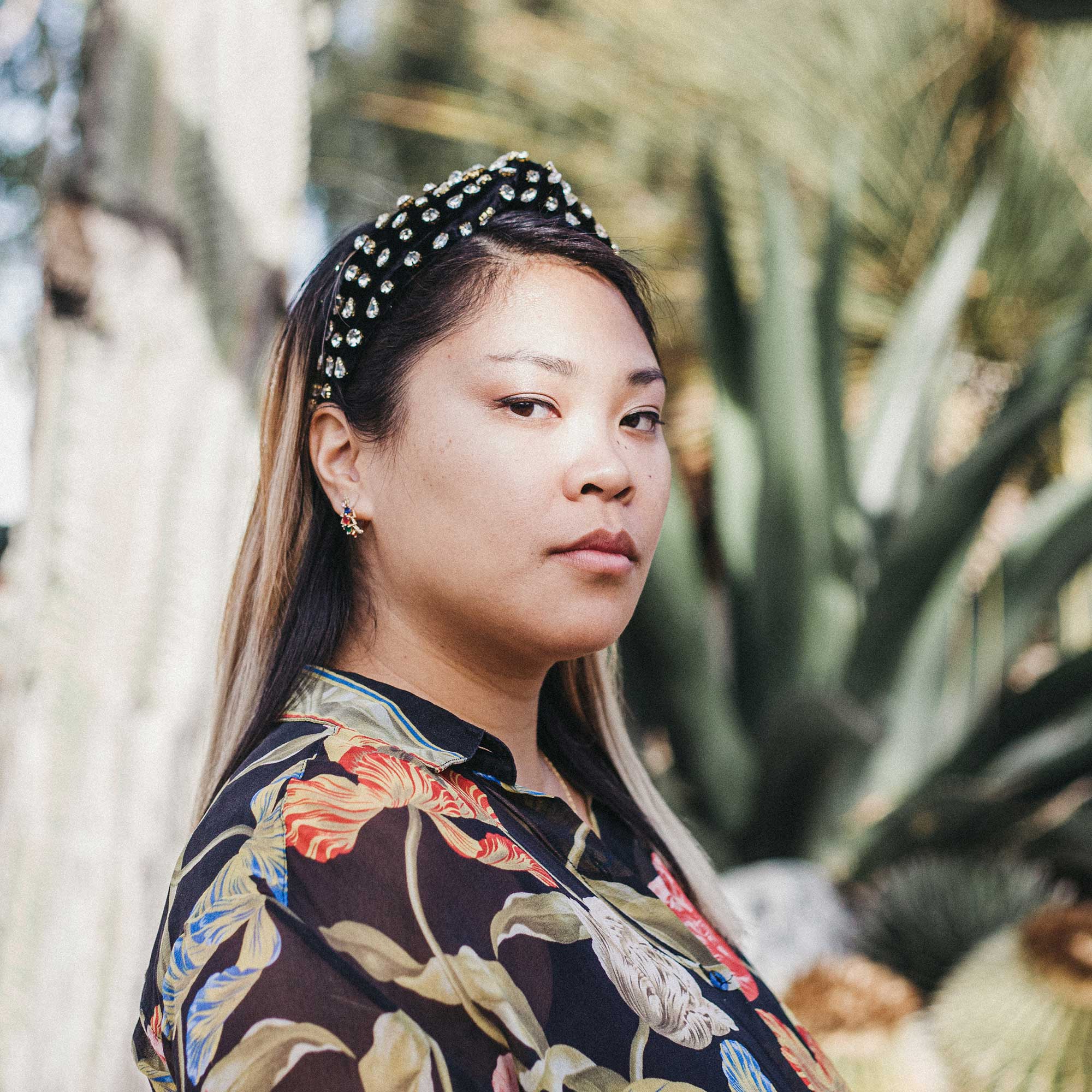
Agatha Isabel is an accomplished author, dedicated plant enthusiast,
and non-profit leader. She has made a mark with her debut publication, Houseplant Hookups: All You Need To Find The Perfect Match. In addition, she owns and operates the popular online plant store Plant Ma Shop, and leads various plant-related initiatives, most notably Planting for Progress.
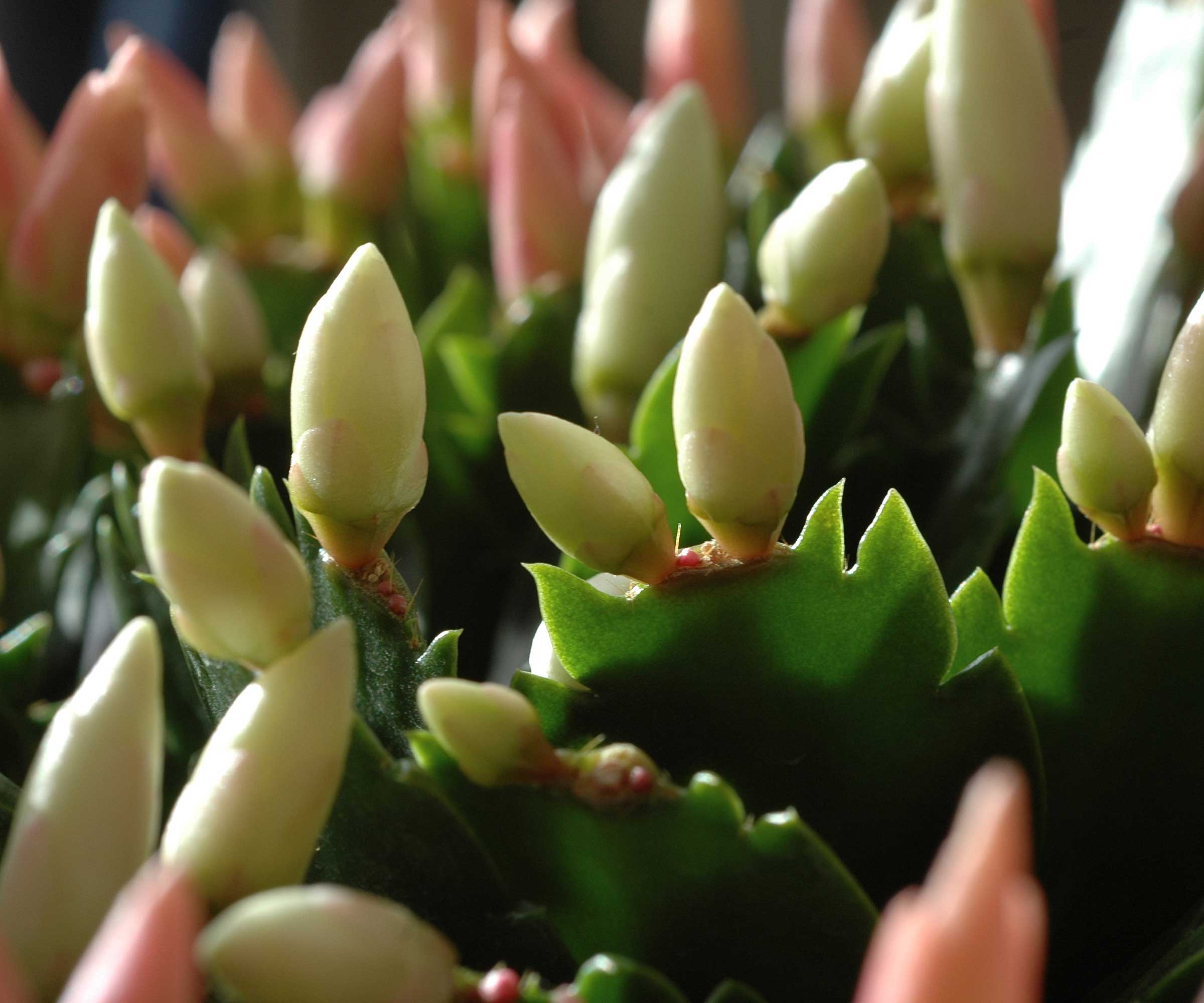
Try to keep your cactus in one place once buds have formed
3. Watering problems
It's essential to water your Christmas cactus correctly for it to thrive.
'The number one way to stress out plants and kill them is by overwatering,' warns Agatha. But while this can lead to bud drop, it's important not to under-water them, too.
'Christmas cacti prefer slightly moist soil but should not be waterlogged,' Zahid Adnan says. 'Ensure proper drainage and allow the top inch of soil to dry before watering.'
'The plant will also benefit from higher humidity since it's from a tropical environment,' Paris Lalicata adds.
Putting yours on a pebble tray, regularly misting it, or keeping a humidifier nearby (such as this well-rated one from Amazon) is a good idea.
Top tip: Using clean, harvested rainwater is best. You can also feed it with a high-potassium liquid fertilizer to help it flower successfully.
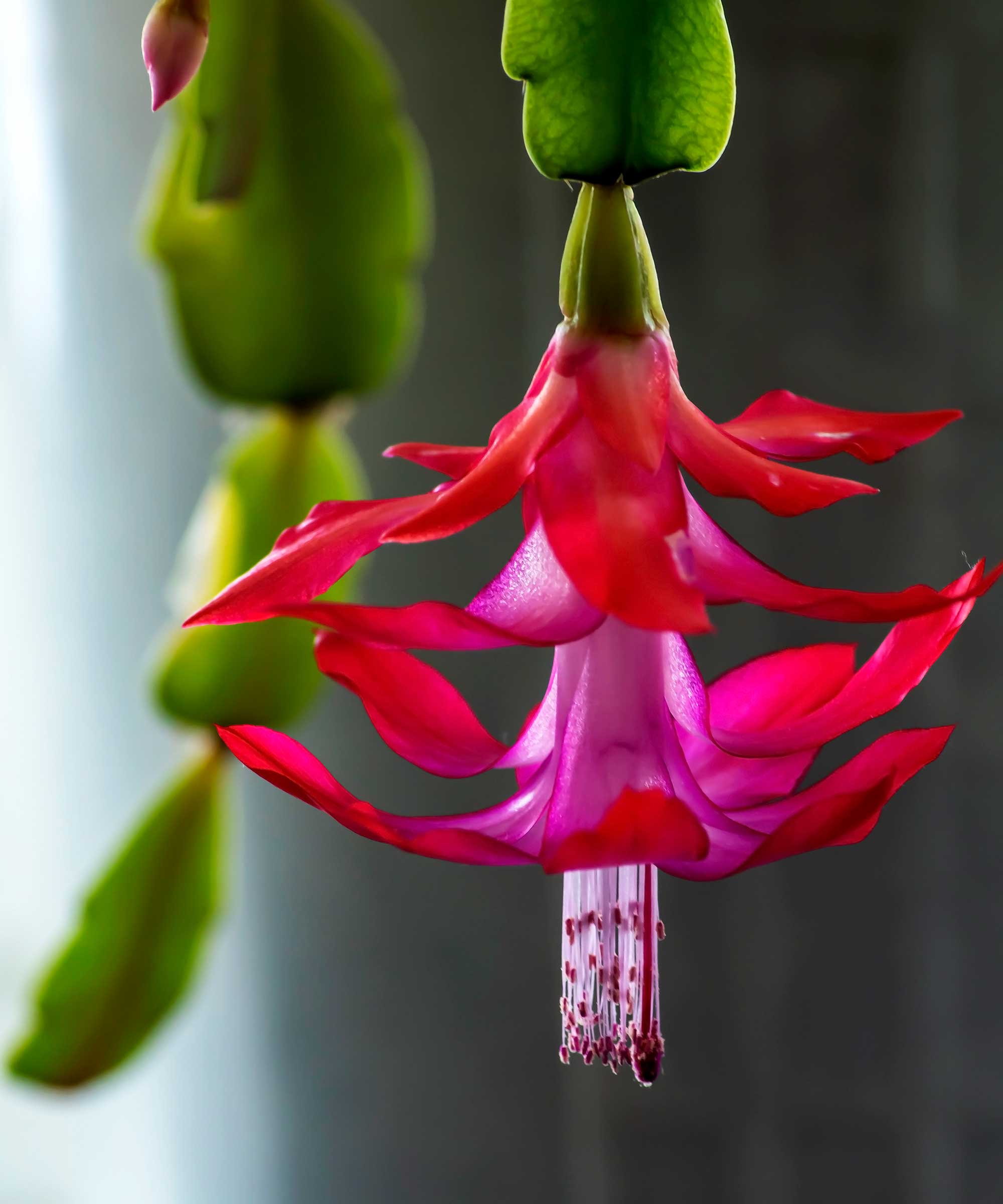
Proper watering is important for these plants
FAQs
The buds already fell off my Christmas cactus. Will it flower again?
Once buds have dropped, they won't grow back in time to bloom in the same season, says Paris Lalicata of The Sill. 'You can improve conditions, though, so that the remaining buds do not die.'
The good news is that Christmas cactuses can last for many years – and make an attractive houseplant even when they're not in flower.
To increase the chances of enjoying their blooms next winter, ensure you brush up on their maintenance requirements. Note that they also need to go through a couple of periods of rest throughout the year, where temperatures and watering are reduced.
How long do Christmas cactus buds take to flower?
Once buds have formed, it will take six to twelve weeks for your Christmas cactus to flower, if kept in the right conditions. The plant can then continue to flower for up to six weeks – until the end of January.
Looking for more festive flowers to brighten your scheme? Poinsettias are another colorful favorite and are relatively easy to look after. Amaryllis and indoor cyclamens are other beautiful options.

Holly started writing about gardening five years ago, and she is a regular contributor to Homes & Gardens. She has also written many gardening features for Woman & Home and Real Homes, too. She has previous experience as a professional gardener, where she helped to plant and maintain private gardens. Holly has also looked after allotment plots over the years and loves to grow her own flowers and veggies from seed. In her spare time, she enjoys visiting local gardens, botanical drawing, and tending to her ever-growing collection of houseplants.